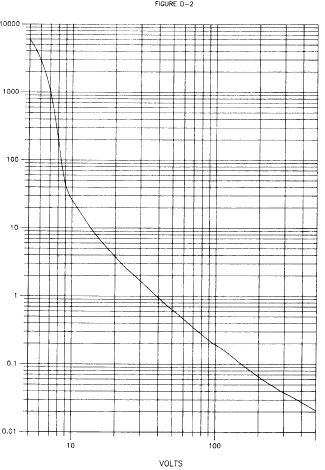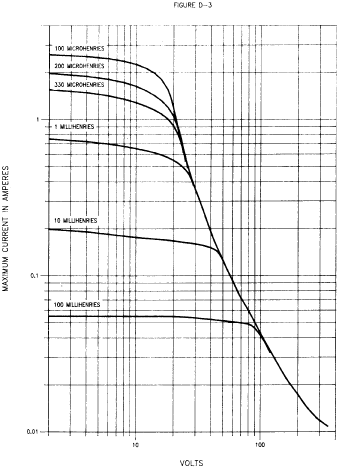Title 30
SECTION 7.64
7.64 Technical requirements.
§ 7.64 Technical requirements.(a) Energy output. Blasting units shall meet the acceptable performance criteria of the output energy test in § 7.66.
(b) Maximum blasting circuit resistance. The maximum value of the resistance of the blasting circuit that can be connected to the firing line terminals of the blasting unit, without exceeding its capacity, shall be specified by the applicant. The specified maximum blasting circuit resistance shall be at least 150 ohms.
(c) Visual indicator. The blasting unit shall provide a visual indication to the user prior to the operation of the firing switch when the voltage necessary to produce the required firing current is attained.
(d) Firing switch. The switch used to initiate the application of energy to the blasting circuit shall -
(1) Require deliberate action for its operation to prevent accidental firing; and
(2) Operate only when the voltage necessary to produce the required firing current is available to the blasting circuit.
(e) Firing line terminals. The terminals used to connect the blasting circuit to the blasting unit shall -
(1) Provide a secure, low-resistance connection to the blasting circuit as demonstrated by the firing line terminals test in § 7.68;
(2) Be corrosion-resistant;
(3) Be insulated to protect the user from electrical shock; and
(4) Be separated from each other by an insulated barrier.
(f) Ratings of electric components. No electric component of the blasting unit, other than batteries, shall be operated at more than 90 percent of any of its electrical ratings in the normal operation of the blasting unit.
(g) Non-incendive electric contacts. In the normal operation of a blasting unit, the electric energy discharged by making and breaking electric contacts shall not be capable of igniting a methane-air atmosphere, as determined by the following:
(1) The electric current through an electric contact shall not be greater than that determined from Figure D-1.
(2) The maximum voltage that can be applied across an electric contact that discharges a capacitor shall not be greater than that determined from Figure D-2.
(3) The electric current through an electric contact that interrupts a circuit containing inductive components shall not be greater than that determined from Figure D-3. Inductive components include inductors, chokes, relay coils, motors, transformers, and similar electric components that have an inductance greater than 100 microhenries. No inductive component in a circuit with making and breaking electric contacts shall have an inductance value greater than 100 millihenries.



(h) Maximum temperature. In the normal operation of the blasting unit, the maximum temperature of any electric component shall not exceed 302 °F (150 °C).
(i) Capacitor discharge. The blasting unit shall include an automatic means to dissipate any electric charge remaining in any capacitor after the blasting unit is deenergized and not in use.
(j) Construction. Blasting units shall meet the acceptable performance criteria of the construction test of § 7.67.
(k) Locking device. The blasting unit shall be equipped with a locking device to prevent unauthorized use.
(l) Enclosure. The blasting unit enclosure shall be protected against tampering by -
(1) Sealing the enclosure, except the battery compartment, using continuous welding, brazing, soldering, or equivalent methods; or
(2) Sealing the electric components, other than batteries, in a solidified insulating material and assembling the enclosure with tamper-resistant hardware.
(m) Battery charging. Blasting units that contain rechargeable batteries shall have the following:
(1) A blocking diode, or equivalent device, in series with the battery to prevent electric energy in the battery from being available at the charging connector.
(2) The charging connector recessed into the enclosure.